“Monet: Places”
Museum Barberini Potsdam
What the museum says: “The exhibition ‘Monet: Places’ reveals the strategies pursued by the artist in deciding where to live and what cities to visit. This broad panorama of his oeuvre is illustrated by over 100 exhibits, from his first recorded composition to the famous water lilies painted in his garden in Giverny in the final years of his career.
As visitors progress through the rooms they will be able to trace Monet’s entire artistic development, culminating in his late serial works, and will gain a sense of the various places which inspired his Impressionist painting.”
Why it’s worth a look: This sprawling exhibition is derived mostly from the personal collection of the software billionaire Hasso Plattner, who founded the Museum Barberini Potsdam, along with significant holdings from the Denver Art Museum, and spans the breadth of Claude Monet’s endless thirst to find new sources of inspiration in the varied landscape he travelled.
As the museum points out, Monet was exceptional in his transience as compared with many of his peers, “whose work was inextricably linked to a particular area.” Portable tubes of paint and a railway system were vital to Monet’s success, especially as he traversed many popular tourist destinations, capturing the magical light and aura of places frequented by the wealthy.
Monet was especially focused on the exact topographies of the places he visited. And of course, his fascination with light meant that each work was a precise documentation of a particular time of day in a particular place. The exhibition serves as a kind of lifelong diary of the artist’s career, taking the viewer along his travel routes and into his mind.
What it looks like:
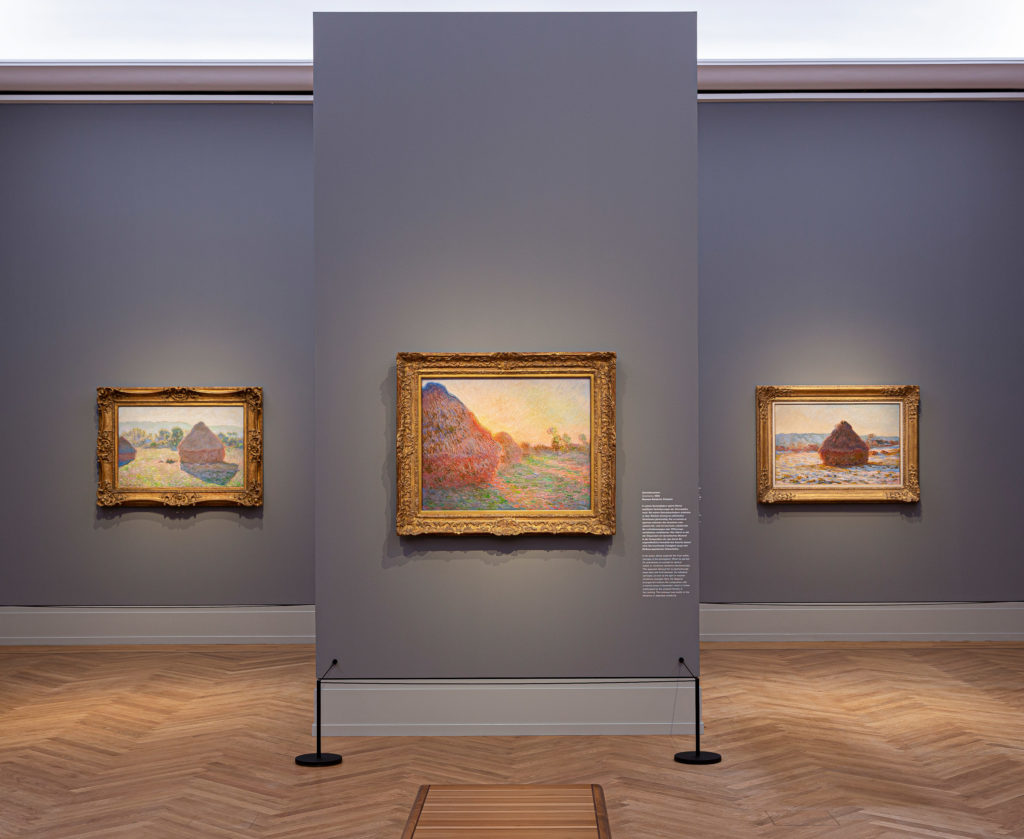
Installation view, “Monet. Places” at Museum Barberini in Potsdam. Photo: David von Becker, © Museum Barberini.
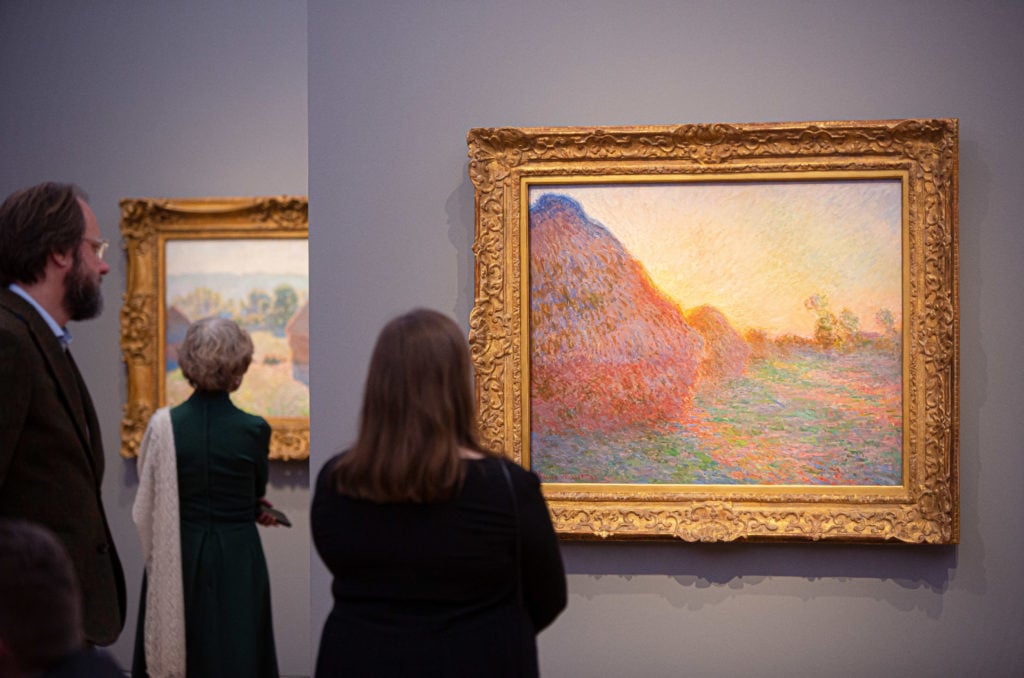
Installation view, “Monet. Places” at Museum Barberini in Potsdam. Photo: David von Becker, © Museum Barberini.
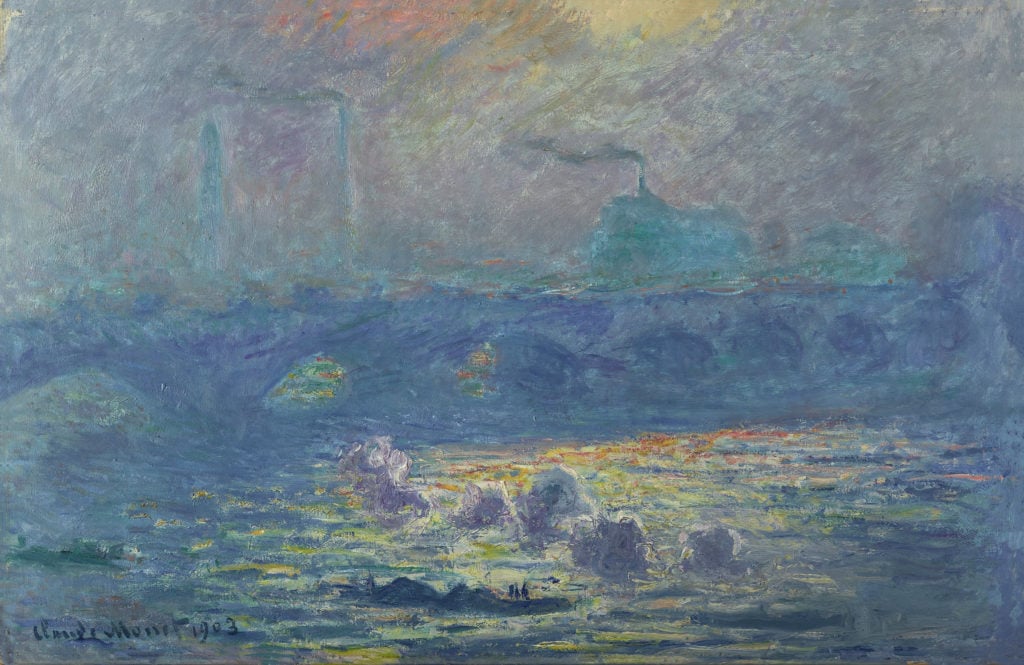
Claude Monet, (1903). Courtesy of the Denver Art Museum.
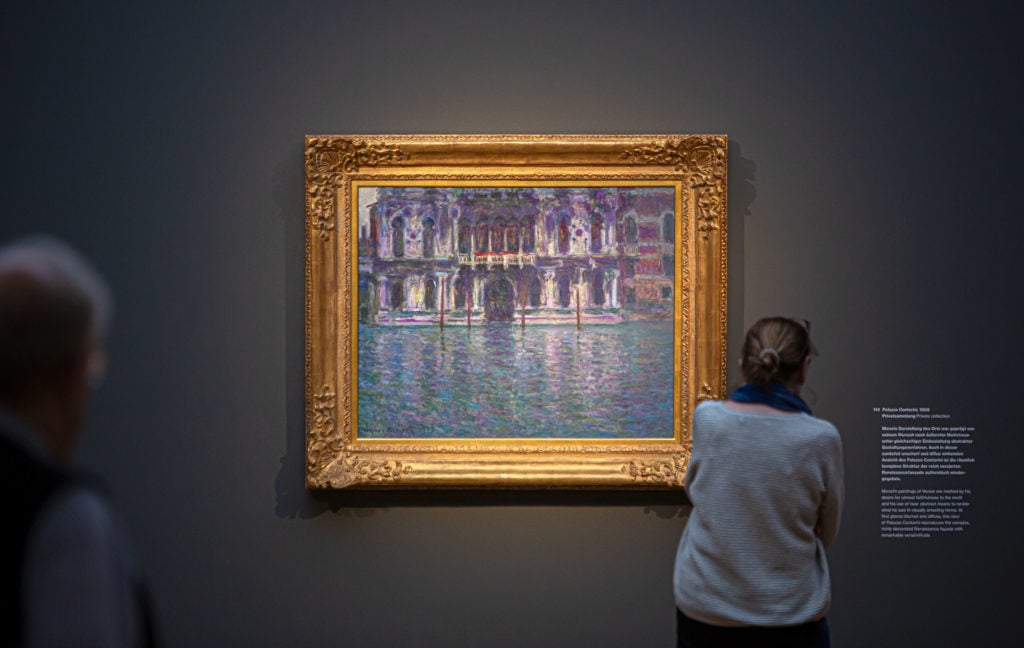
Installation view, “Monet. Places” at Museum Barberini in Potsdam. Photo: David von Becker, © Museum Barberini.
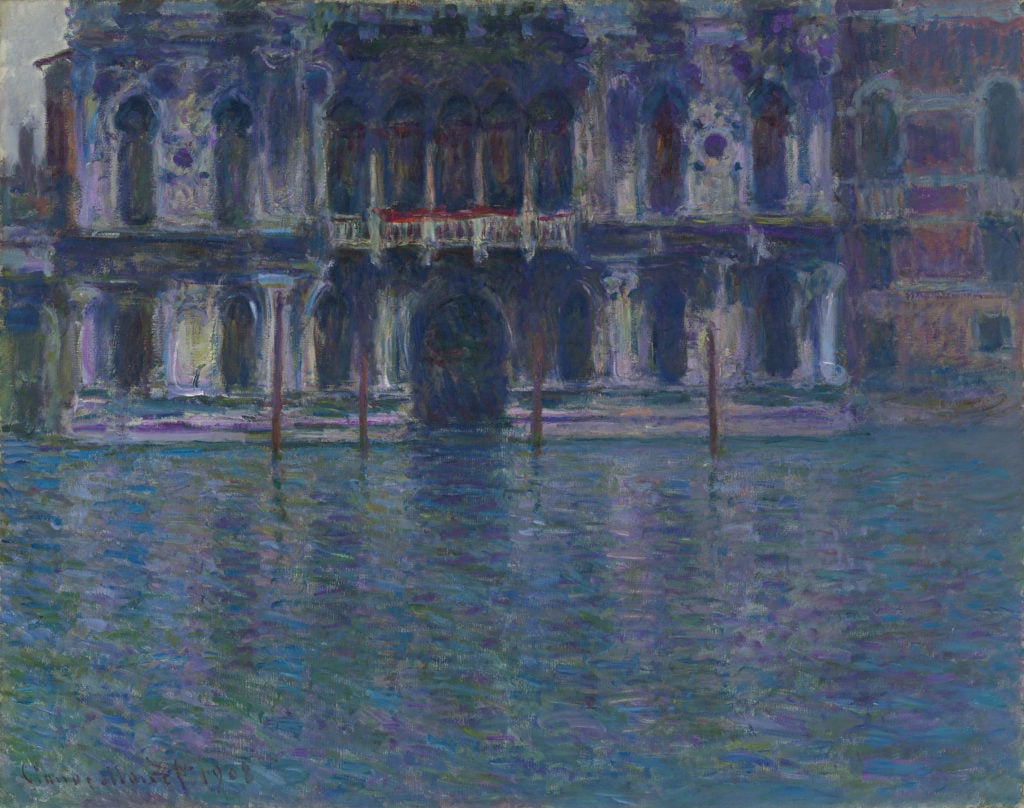
Claude Monet, (1908). Courtesy of Museum Barberini.
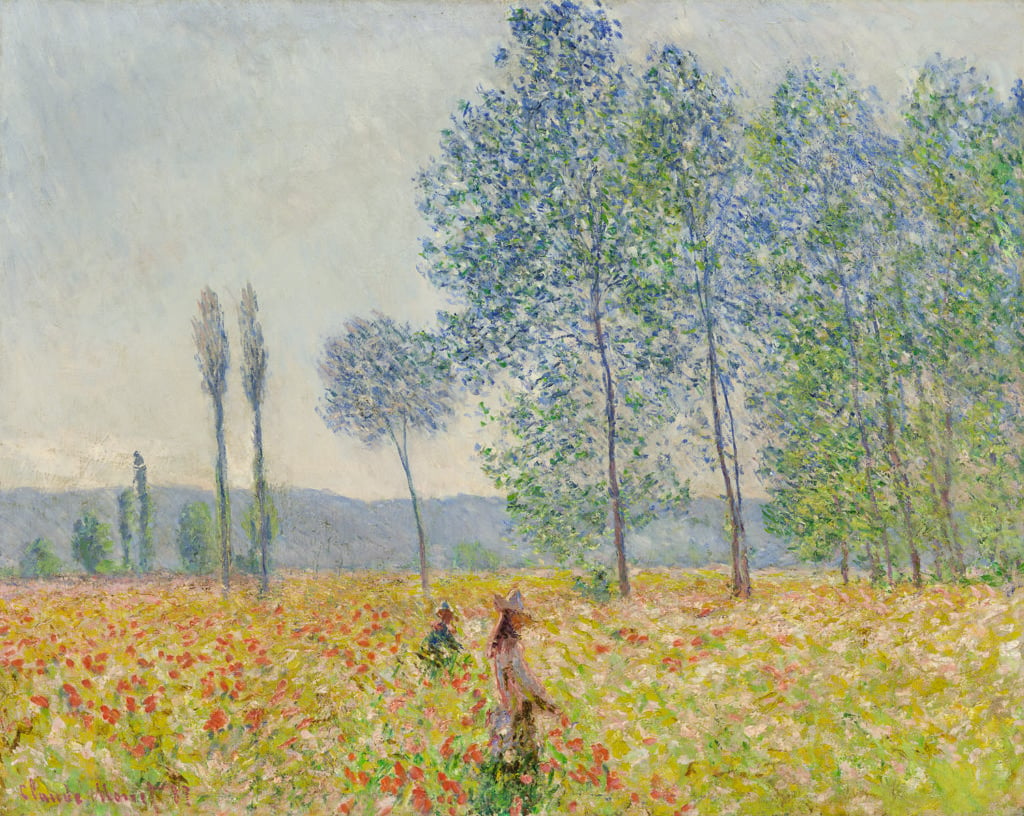
Claude Monet, (1887). Courtesy of Museum Barberini.
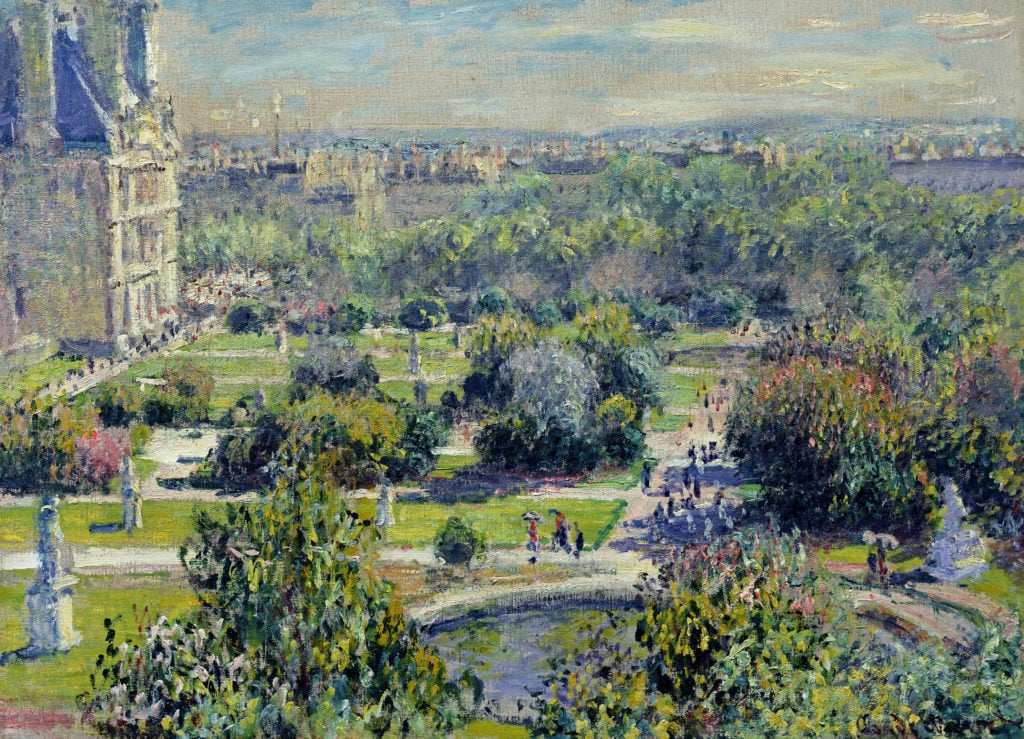
Claude Monet, (1876).,Musée Marmottan Monet, Paris, Photo: Bridgeman Images, Berlin.
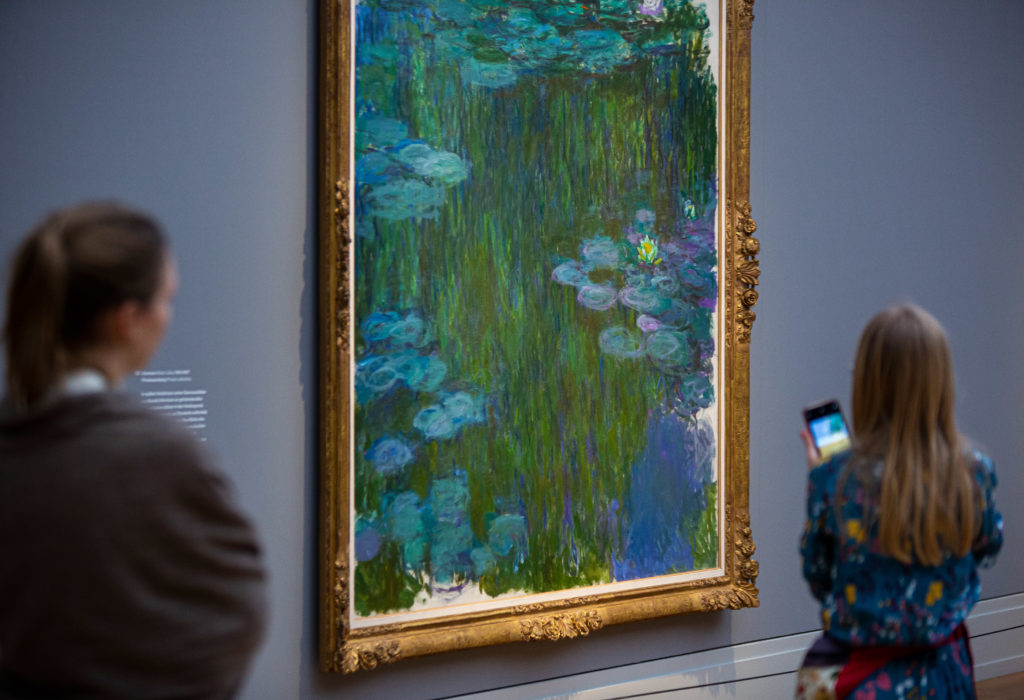
Installation view, “Monet. Places” at Museum Barberini in Potsdam. Photo: David von Becker, © Museum Barberini.
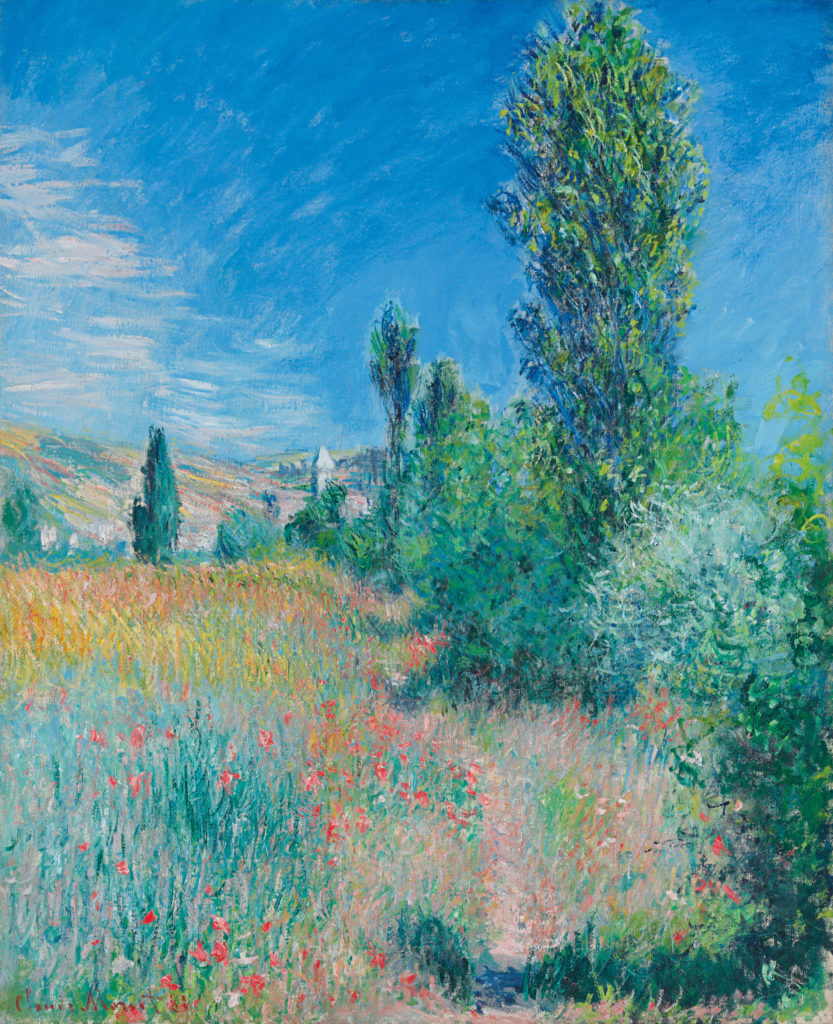
Claude Monet, (1881). Courtesy of Museum Barberini.
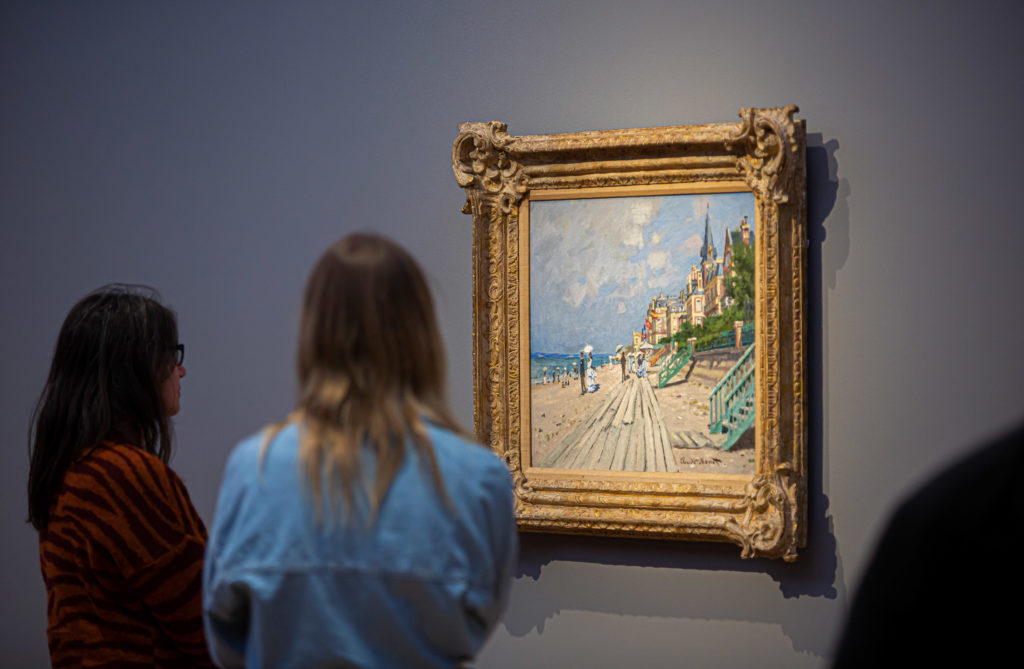
Installation view, “Monet. Places” at Museum Barberini in Potsdam. Photo: David von Becker, © Museum Barberini.
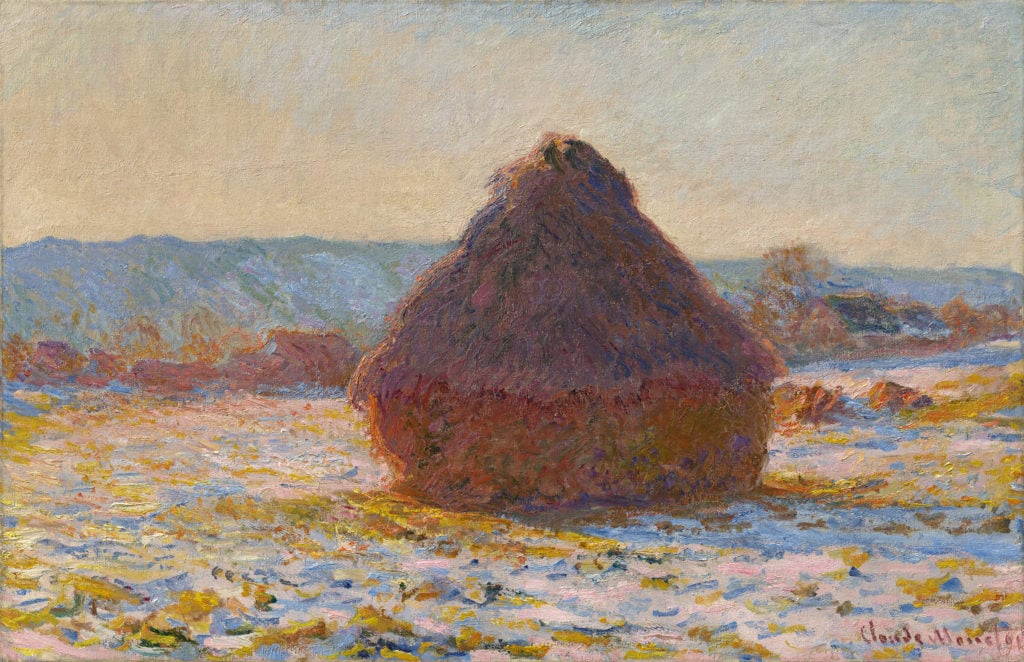
Claude Monet, (1891). Courtesy Museum Barberini.
Source: Exhibition - news.artnet.com



